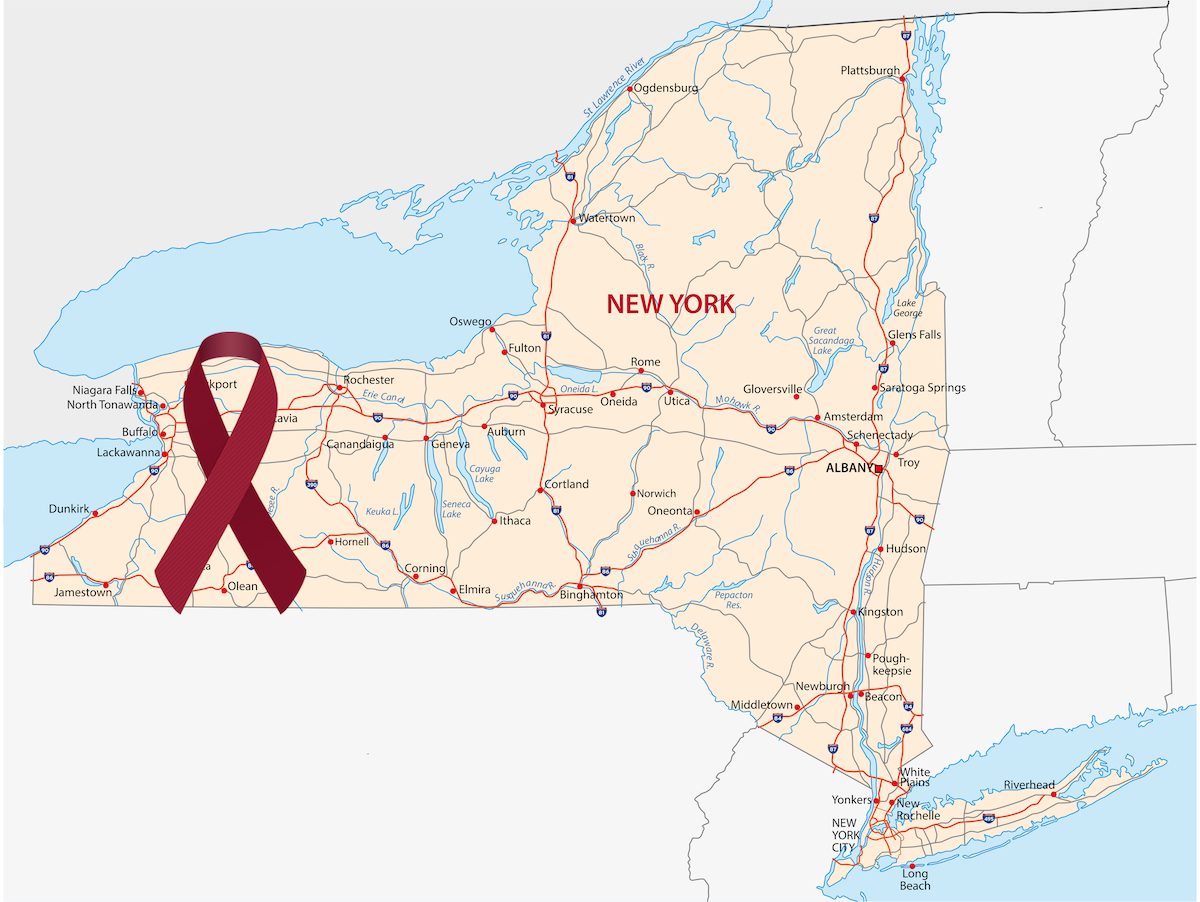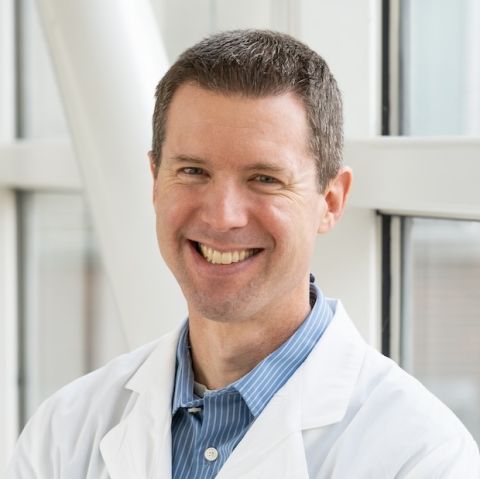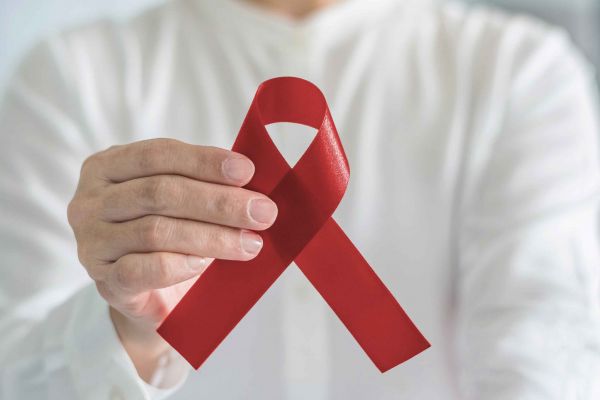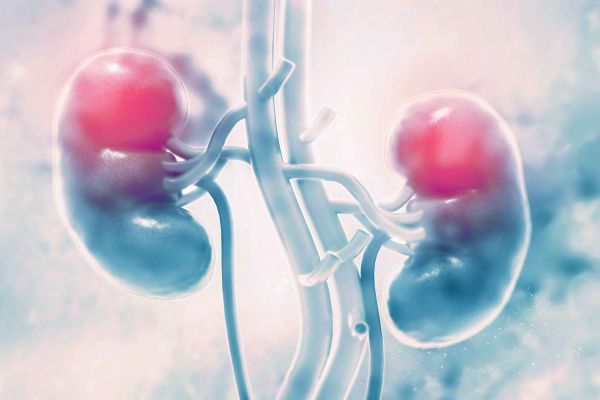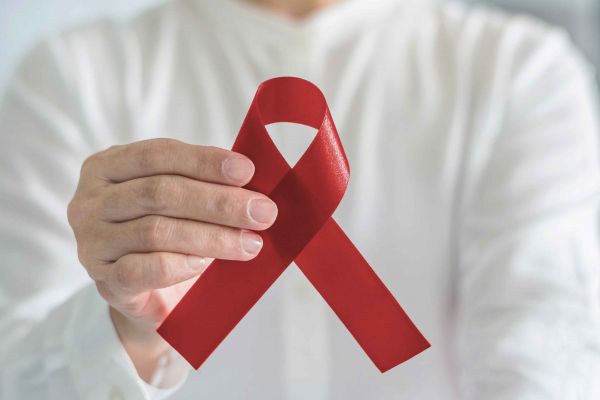There may be a connection to toxic exposure
Multiple myeloma is the second most common kind of blood cancer, after non-Hodgkin lymphoma. It develops when plasma, a type of white blood cell, multiplies uncontrollably and becomes cancerous.
Plasma cells are part of your immune system. When they are normal, they help you fight infection. When plasma cells become abnormal, they are called myeloma. When abnormal plasma cells build up in your bone marrow – the soft matter inside the bones where blood cells are made – they crowd out your healthy blood cells. But rather than making helpful antibodies to help you fight infection, cancerous plasma cells make proteins that don't work properly. When plasma cells collect in high numbers and in multiple locations in your bones, the disease is called multiple myeloma. At this stage, bone damage leads to easily broken bones.
“Myeloma is a cancer of the immune system. We don’t really know where myeloma is coming from, we only know there are areas of accumulation,” explains Jens Hillengass, MD, PhD, Vice Chair of Myeloma and Hematologic Oncology at Roswell Park Comprehensive Cancer Center.
Possible link to regional industrial history
While it is not exactly clear what causes multiple myeloma, statistics show there is a higher incidence rate of the cancer in Western New York than in the rest of New York State — and a higher incidence in New York State than the cumulative rate for the rest of the country. “We think there may be a connection to toxic exposure. In the U.S., it has been shown that it’s more common among 9/11 first responders. It also seems to be more common among people who have been exposed to Agent Orange, another toxic influence.”
New York State has an incidence rate of eight diagnoses per 100,000 people annually. While Allegheny and Cayuga counties, both predominantly rural populations where reporting may not be as robust, have slightly lower rates of incidence, Erie County has one of the highest multiple myeloma rates in Western New York, with 8.2 diagnoses per 100,000 people annually.
“Myeloma is currently incurable, so the mortality rate is just as high as the incidence rate,” Dr. Hillengass says, theorizing that the higher overall rate of multiple myeloma incidence in Western New York may be connected to regional environmental toxicity.
“I would think it’s the industrial history of the region: steel plants, chemical plants, Love Canal. That’s just a perception. I recently had several cases in my practice where both spouses have cancer in this area, which has nothing to do with genetics but can only be explained by similar exposure. They grew up in the same area, lived in the same area, so I would say that is a hint that it could be related to environmental exposure.”
The husband confided that two neighbors living on the same street also have multiple myeloma, Dr. Hillengass adds: “Statistically, that doesn’t make sense because three or four people on one street with multiple myeloma means something is going on there."
Why choose Roswell Park for multiple myeloma?
We offer groundbreaking treatments at the forefront of cancer care, plus clinicians with the knowledge and experience to use them.
Late-stage diagnosis may be an influencer
He believes that diagnoses of multiple myeloma in later stages also may play a factor in the higher incidence rate in the region. “Patients often come to Roswell Park after receiving treatment somewhere else; then it’s more challenging to treat them as compared to when they come at first diagnosis, when we have a lot more therapy options for them.”
Our board-certified hematopathologists (pathologists who specialize in finding blood cancers) diagnose and classify multiple myeloma and other blood cancers using the most advanced technology, and work closely with the multiple myeloma clinical team to provide fast, complete test results. Roswell Park continually adds advanced technology to its toolkit to provide fast, early and correct detection and diagnosis of multiple myeloma.
“We are getting closer to a cure, especially now with our new focus with cellular therapies,” Dr. Hillengass says.
The standard therapy for treating multiple myeloma usually refers to using a combination of three to four different drugs, which may include chemotherapy, immunotherapy, proteasome inhibitors, monoclonal antibodies, steroids and others. Cellular therapy uses living cells instead of drugs to destroy and control cancer cells, and often defines the patient’s cell itself as the “drug.” The process involves collecting cancer-killing T cells (T lymphocytes) from the patient’s blood, multiplying them in the laboratory, and returning them to the patient to jump-start the immune system’s attack against the disease. Bone marrow transplant and stem cell transplant are forms of cellular therapy used for treating myeloma, lymphoma, melanoma, leukemia, ovarian and other forms of difficult to treat cancers.
Cellular therapy sparks new optimism for a cure
Dr. Hillengass hopes that within the next year he will be closer to using cellular therapy after only two lines of standard multiple myeloma treatment with standard medications instead of at least four.
“We use the immune system to fight cancer. The cells we use for cellular therapy are the cells from the patient, and if the patient has already had four lines of therapy their immune system is just worn out,” he says. He tells patients that newly approved myeloma drugs usually have about a 30% positive response rate.
“Earlier cellular therapy seems to be even better because if the patient has already had these four lines of therapy their immune system is just worn out. Roswell Park is the only center here in the area where we can give these cellular therapies and I think that will be a game changer in the future.”
Ultimately, Dr. Hillengass believes that the new cellular therapies available at Roswell Park will mean new hope for addressing the area’s higher rate of multiple myeloma. “My hope is that we can finally cure some patients,” he says. “I’m extremely optimistic. Every cancer patient deserves an optimistic oncologist.”
